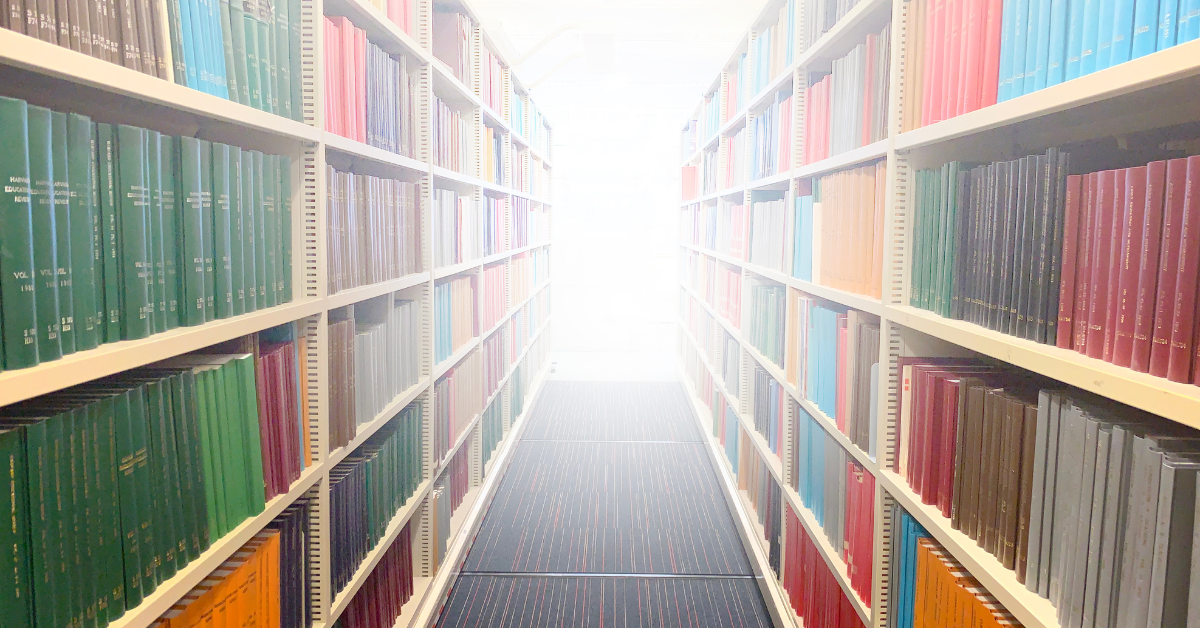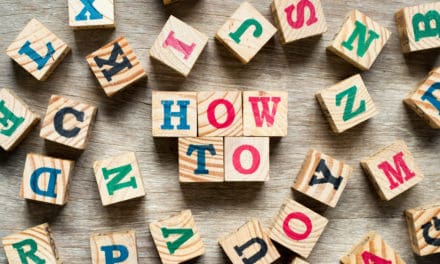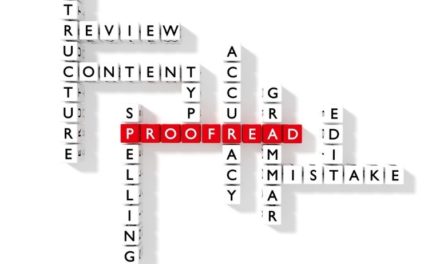Proofreading means checking for errors before submitting a research paper. Errors can be grammatical or typographical, but they can also be issues that define the narrative flow of the work. Proofreading different types of documents and other academic documents have certain special rules and requirements. As a result, articles that do not follow effective writing techniques are often underdeveloped, unclear and hard to read.
Some writers may have the time and determination to apply these qualities and skills. Still, most find the services of professional proofreaders very helpful because they don’t. In this article, we shall help you with some tips to proofread an academic paper or thesis faster and with perfection.
Tips To Proofread An Academic Paper
A fair evaluation requires the following qualities in the proofreader:
- Intelligence.
- Insight.
- Sensitivity.
- Understanding.
- Persistence.
- Objectivity.
- Perseverance.
- Accuracy.
- Flexibility.
- Excellent language skills.
- Attention to detail and the big picture.
- Willingness to read carefully and critically.
Given below are some tips you must apply when proofreading an academic paper—
Look Out For Informal Language
The written English used in academic writing is similar to everyday English but has several key differences. This advice concentrates on one aspect of formal tone, distinguishing scientific English from colloquial spoken English. Following the rules of formal language will make your submission appear as if it belongs to a prestigious publication, even if the writing in published manuscripts occasionally can sound fairly stuffy.
Commonly used terms are frequently absent from academic writing in favor of more formal-sounding substitutes. However, many words often used also have specific meanings in academic circles. Try to replace casual terms that are connected to “chatty” spoken styles with more formal terminology to make your writing seem more official.
Cross Check Quotes And Citations
A quotation is a crucial strategy to add material from outside sources in academic writing. Citing the source is crucial when using quotations since it gives your reader a road map of the study you conducted.
You must carefully consider the merits of incorporating another person’s words into your own argument if you want to use quotes effectively. In addition, because you must cite the page number where the words appear in the source text, direct quotes differ from conventional in-text citations. You should go to your style manual to identify the proper way to cite your source when you are quoting from a work that lacks page numbers.
When In Doubt, Read It Loud
An excellent proofreading technique for a long time has been reading the material aloud. Some of the most frequent mistakes are missed by spell checkers. When you hear your computer read the material, mistakes that your brain may have caught while reading it will frequently stand out.
If you are preoccupied, you might not hear the mistake when it is read. One of the most effective methods of proofreading is reading aloud. As readers, we require the paper’s organisation of ideas to make sense. If you listen to your paper, you can hear spots where you switched topics too quickly. You may also determine whether the tone of your writing is appropriate by hearing it.
Do Not Rush
Do not rush through the writing process; it may be difficult to come up with anything that sounds good at first. Take your time. There are times when we have too many academic engagements and you might feel overwhelmed with the proofreading task. However, even at such times, you must not work in haste. If the time constraint looks too difficult to handle, a student can contact an agency.
To guarantee you don’t overlook any errors, don’t proofread anything you have written until one or two days after you have written it. Instead of taking the time to examine our information in isolation, we occasionally get caught up in attempting to make it flow like a melody. Copy-paste a challenging paragraph into a new section rather than trying to change it in the context of the rest of the document. Then you may examine this separately to determine if there are any problems with how it appears or feels.
Get A Hard Copy Before You Start
When proofreading electronically, it can be challenging to catch errors. Therefore, we frequently rely on our memory to fill in the proper term or spelling. Popular word processing programs’ editing features can be used to highlight spelling mistakes, but they only sometimes catch terms that have been used inappropriately. When we asked experts for their best advice on proofreading, many suggested proofreading on paper.
Most professionals, especially those working on challenging projects, prefer to proofread essential documents on paper. According to research, reading onscreen distracts 94% of study participants more than reading printed content. The printed paper will hold your attention longer than proofreading it on a screen. Pages and layouts that could be challenging to view onscreen can be proofed in print. In addition, you’ll be more likely to remember information if you make notes in the margins.
Begin From The End
It’s time to read your work differently since you’ve been reading it from the beginning to the conclusion. Then, once you’re done with your final editing, try reading the paper from the end. You must commit to reading slowly and set up a specific time for proofreading. This is how you can give your material a polished look once your final edit has left you happy.
Use this proofreading technique to look at your words in a new sequence to find any typos or grammatical mistakes. In addition, this technique assists you in identifying weaker passages of text, such as those where the word “good” appears more than once.
What Is The Importance Of Expert Proofreading?
By proofreading your scientific article utilizing scientific editing, you may avoid the embarrassment of having your manuscript rejected by scientific journals because of grammatical mistakes or poor wording.
A skilled paper proofreader will treat your work with the same attention as if it were their own and will look for any signs of possible scientific plagiarism. The use of proofreading may make the difference between producing something that effectively conveys a message and creating a significant misunderstanding.
Source: www.wales247.co.uk.
The NZIBS Proofreading and Editing course introduces students to the world of publishing and includes the main stages in the editing process, the scope of different levels of editing, industry practices with handling different writing genres, traditional and onscreen proofreading mark-up methods, and a range of business fundamentals.
Want to get paid to find spelling misteaks?
Did you spot it? Do spelling “misteaks” jump off the page at you? Train to become a professional proofreader. Create new career opportunities. Study from home, at your own pace. Learn from industry experts.










